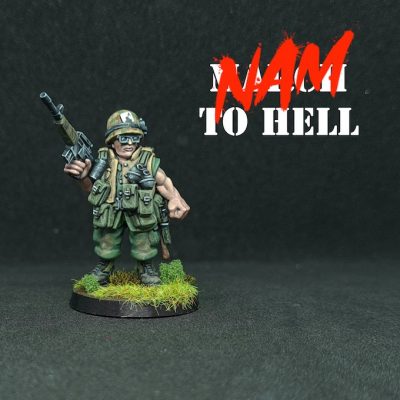Attero Dominatus: The German Army in Berlin
 By Michael Rafferty
By Michael Rafferty
“Enjoy the war, for the peace will be savage,” was a dark joke in the German Army during the last days of World War II. Now the walls are closing in and the Soviets are nearing Berlin. Germany is throwing every last man, woman, and child at them in a vain effort to stem the tide. With the Berlin German book, Battlefront has given us the last remnants of the German war machine that once held dominion over Europe.

 By Paolo Paglianti,
By Paolo Paglianti,
 By Howard West
By Howard West

 By Jim Naughton
By Jim Naughton
 By Richard Steer
By Richard Steer